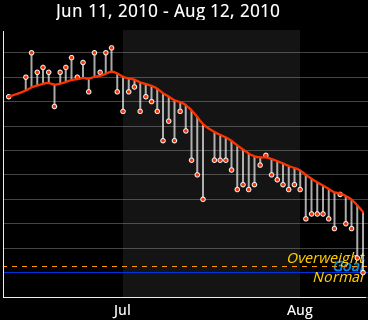I have just pushed out the responsive version of this site's theme, so you should see it immediately. Though the various tweaks may not be immediately apparent, the experience of this site on a mobile device or tablet (or a smaller screen in general) should be much better than before. Resize your browser window in the horizontal direction to see the style changes in real time!
There are still a few pain points to work through:
- I'm still a little unsure how to handle the syntax-highlighted code snippets in the various posts around the site. Snippets that don't use syntax highlighting will word-wrap, but the syntax-highlighted blocks currently just offer a horizontal scroll bar.
- Various images in older posts need to have their hard-coded sizes removed from the
imgtags, so that they'll scale appropriately. This is just a matter of going through and making those changes.
There could be other issues that I have yet to stumble across. From my limited testing, the site looks alright in Firefox, Chrome, and IE-9. I'm sure I'll be tweaking stuff here and there over the next few days. If you spot problems, please let me know by leaving a comment.

